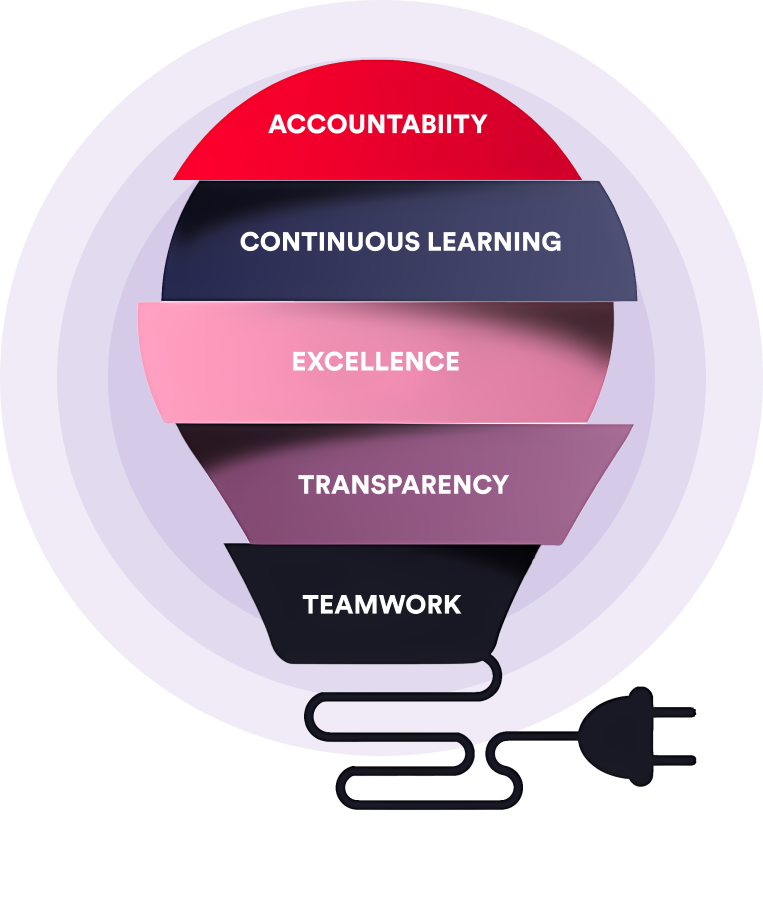Welcome to the world of remote IoT management! If you're here, chances are you're diving headfirst into the realm of remoteIoT login. Whether you're a tech-savvy professional or someone just starting out, this guide is your ultimate companion. In today's fast-paced digital era, mastering remoteIoT login has become a necessity for anyone looking to manage IoT devices efficiently and securely. So, buckle up because we’re about to embark on an exciting journey filled with tips, tricks, and expert insights.
Before we dive deep, let me paint a picture for you. Imagine having the ability to control your smart home devices, industrial sensors, or even your office automation systems from anywhere in the world. Sounds cool, right? Well, that's exactly what remoteIoT login empowers you to do. From setting up your credentials to troubleshooting common issues, this guide will walk you through everything you need to know.
Now, I know what you're thinking: "Is it as complicated as it sounds?" The answer is no. With the right tools, resources, and a bit of guidance, anyone can master remoteIoT login. So, whether you're a beginner or an advanced user, this article has got you covered. Let's get started!
Read also:Kaylee Hartung Eye Issue A Deep Dive Into The Challenges She Faces
Understanding RemoteIoT Login: What You Need to Know
First things first, let's break down what remoteIoT login really is. At its core, it's a system that allows users to access and manage IoT devices remotely. This means you don't have to be physically present near your devices to control them. You can log in from your laptop, smartphone, or tablet and manage everything from a centralized dashboard. Pretty neat, huh?
Why RemoteIoT Login Matters in 2023
In today's interconnected world, the demand for remote access solutions has skyrocketed. According to a recent report by IoT Analytics, the number of active IoT devices worldwide is expected to reach 27 billion by 2025. That's a massive number! With so many devices out there, having a secure and efficient remoteIoT login system is crucial for maintaining productivity and ensuring security.
- Increased productivity: Manage multiple devices from one location.
- Cost savings: Reduce the need for physical presence and travel.
- Enhanced security: Monitor and control access to your devices remotely.
Step-by-Step Guide to RemoteIoT Login
Now that you understand the importance of remoteIoT login, let's dive into how you can set it up. Follow these simple steps to get started:
Step 1: Choose the Right Platform
Not all remoteIoT platforms are created equal. When choosing a platform, consider factors like security, scalability, and ease of use. Some popular options include AWS IoT, Microsoft Azure IoT, and Google Cloud IoT. Each platform has its own strengths, so do your research to find the one that best suits your needs.
Step 2: Create an Account
Once you've chosen a platform, the next step is to create an account. This usually involves providing basic information like your name, email address, and a password. Make sure to choose a strong password that includes a mix of letters, numbers, and symbols to enhance security.
Step 3: Connect Your Devices
With your account set up, it's time to connect your IoT devices. Most platforms provide detailed instructions on how to do this, but generally, it involves installing a specific software or app on your devices and linking them to your account.
Read also:Temporary Replacement For 3 Hungry Guys The Ultimate Guide To Satisfy Those Cravings
Best Practices for Secure RemoteIoT Login
Security should always be a top priority when dealing with IoT devices. Here are some best practices to ensure your remoteIoT login remains secure:
- Use strong, unique passwords for each device.
- Enable two-factor authentication (2FA) whenever possible.
- Regularly update your software and firmware to patch vulnerabilities.
- Monitor your devices for any suspicious activity.
Common Issues and Troubleshooting Tips
Even with the best setup, issues can arise. Here are some common problems users face with remoteIoT login and how to fix them:
Issue 1: Unable to Connect
Solution: Check your internet connection and ensure your device is properly configured. If the problem persists, try restarting your router or contacting your service provider.
Issue 2: Forgotten Password
Solution: Most platforms offer a "forgot password" option that allows you to reset your credentials via email or SMS. Make sure to update your password after resetting it for added security.
Advanced Features of RemoteIoT Login
Once you've mastered the basics, it's time to explore some advanced features that can take your remoteIoT experience to the next level:
Feature 1: Automated Scheduling
Set up automated schedules for your devices to perform specific tasks at predetermined times. This can help you save energy and improve efficiency.
Feature 2: Real-Time Monitoring
Get instant updates on the status of your devices with real-time monitoring. This feature is especially useful for businesses that rely on IoT for critical operations.
Case Studies: Success Stories with RemoteIoT Login
Let's take a look at some real-world examples of how remoteIoT login has transformed businesses and individuals:
Case Study 1: Smart Agriculture
Agricultural companies are using remoteIoT login to monitor soil moisture levels, weather conditions, and crop health. This has led to increased yields and reduced resource wastage.
Case Study 2: Smart Homes
Homeowners are leveraging remoteIoT login to control lighting, heating, and security systems from anywhere in the world. This not only enhances convenience but also improves energy efficiency.
Future Trends in RemoteIoT Login
The world of IoT is constantly evolving, and remoteIoT login is no exception. Here are some trends to watch out for in the coming years:
- Increased adoption of AI and machine learning for predictive maintenance.
- Integration with voice assistants like Alexa and Google Assistant.
- Development of more user-friendly interfaces for easier access.
Expert Tips for Mastering RemoteIoT Login
As someone who has been in the IoT space for years, I've picked up a few tips that can help you master remoteIoT login:
- Stay updated with the latest trends and technologies.
- Join online communities and forums to learn from other users.
- Experiment with different platforms to find the one that works best for you.
Conclusion: Take Control of Your IoT Devices Today
And there you have it—a comprehensive guide to remoteIoT login. From understanding the basics to exploring advanced features, this article has covered everything you need to know to take control of your IoT devices. Remember, security is key, so always follow best practices to protect your devices and data.
Now it's your turn to take action! Whether you're setting up your first IoT device or looking to enhance your existing setup, the knowledge you've gained here will be invaluable. Don't forget to share this article with your friends and colleagues, and feel free to leave a comment below if you have any questions or feedback. Happy managing, and see you in the IoT world!
Table of Contents
- Understanding RemoteIoT Login: What You Need to Know
- Why RemoteIoT Login Matters in 2023
- Step-by-Step Guide to RemoteIoT Login
- Best Practices for Secure RemoteIoT Login
- Common Issues and Troubleshooting Tips
- Advanced Features of RemoteIoT Login
- Case Studies: Success Stories with RemoteIoT Login
- Future Trends in RemoteIoT Login
- Expert Tips for Mastering RemoteIoT Login
- Conclusion: Take Control of Your IoT Devices Today

